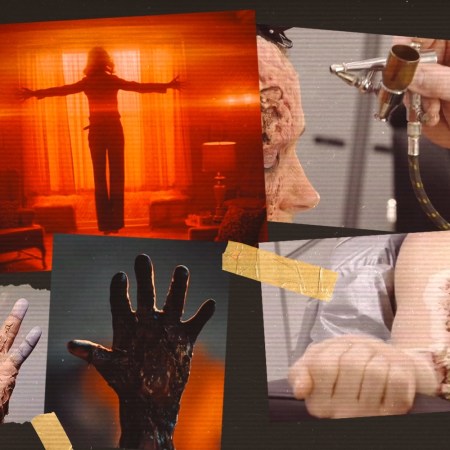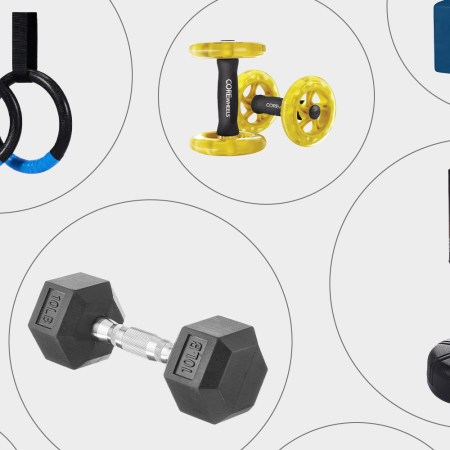In 1889, a physiologist named Charles-Édouard Brown-Séquard described how he had been extracting fluid from the testicle of a dog or guinea-pig and injecting it in his own arm. The 70-year-old hoped to reverse some of “the most troublesome miseries of advanced life,” Wired writes. He reported that the started to feel better, had increased physical stamina, better thought processes, and a noticeably longer “jet of urine.”
Since then, researchers have been trying to figure out how to similarly rejuvenate adult men. In 1935, testosterone was synthesized. Testosterone injections were frequently given to men who were feeling a loss of sexual vigor, fatigue and trouble concentrating. In 1995, the FDA approved a testosterone patch and the modern era of T, as it the hormone is known, started.
People can now take testosterone orally, nasally, intramuscularly, or even transbuccally (through the gums), via drops, creams, sprays, injections, and pills, reports Wired. The industry pushes the concept of “low T” as the main issue men have. But studies show that T does not improve men’s physical function or vitality, and it does not help with age-related memory impairment. However, it does help with anemia and bone mineral density and it increased sexual desire and activity, but it was a modest effect, not as good as Viagra or Cialis. Plus, the studies found that in men with certain risk factors, T accelerated coronary atherosclerosis, possibly increasing their chance of heart attack, according to Wired.
Thanks for reading InsideHook. Sign up for our daily newsletter and be in the know.


















